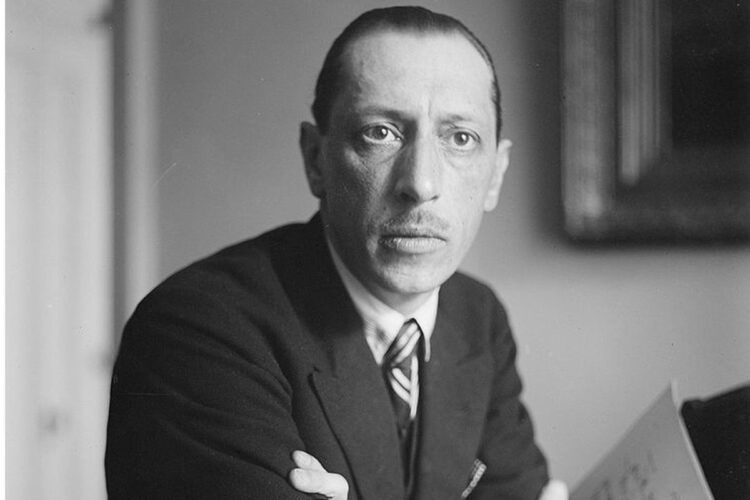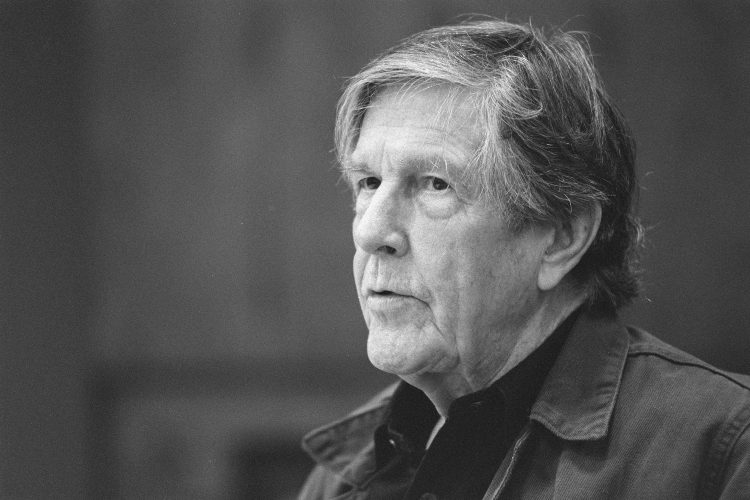2020 PostGenre Hall of Fame Inductee: Igor Stravinsky’s “The Rite of Spring”
|
Getting your Trinity Audio player ready...
|
On May 29, 1913, a violent brawl broke out between the audience at Paris’ brand-new venue, the Théâtre des Champs-Elysées. There was such extreme brutality the police were called to restore order among the furious crowd but ultimately proved ineffective as attendees continued to throw punches mid-performance. The scene was so chaotic that the mastermind behind the show fled the area. As one would expect, the culprit was that incredibly extreme and controversial art form we have all come to approach with grave suspicion: ballet. Specifically, the debut of The Rite of Spring. Or was it? Historians have long debated the extent to which this narrative is accurate, with some arguing no riot ever occurred and others stating that it happened, but was due to other underlying causes. Truth aside, however, the mere fact the legend has survived for almost a century is a testament to how controversial Igor Stravinsky’s work was at the time. As Puccini would remark, Rite was “[t]he work of a madman …sheer cacophony.” Or, as art critic Henri Quittard called it, “laborious and puerile barbarity.”
It is easy to see why most of the audience was so shell shocked. The score for The Rite of Spring flagrantly ignored every rule for “acceptable” music of the era. Dissonance was key to the performance, as was testing the outer ranges of instruments from an intensely harsh bassoon solo to assaultive brass tones. Bitonality- which Stravinsky experimented with in The Firebird Suite– plays a significant role. Rhythmically it was very heavy-handed and thunderous but unsteady; at certain moments the music even enters into double or triple time. The dancers were likewise unconventional, jerking around wildly more than the gracefulness of classical dance. Although the ballet based both its sounds and movement partially on Russian traditions, they were not clear descendants and often went their own unrecognizable way.
While the event was controversial, we can now look back in hindsight and state unequivocally that Stravinsky was simply ahead of his time. By ripping apart orthodox structures, Stravinsky showed that music could be far more than the strict application of preset norms. Artistic freedom could be found in being a sonic outlaw. It served as a great spiritual progenitor to the avant garde where emotional and creative expression are given the highest import. Cecil Taylor has cited Stravinsky as an influence. Alice Coltrane, introduced to the composer’s works through her husband John, once stated that she was “truly grateful to Stravinsky for his offerings, and for the sharing of his gifts with us” and has recorded some of his compositions. Ornette Coleman, one who generally avoided referencing other works in his solos overtly borrows from Rite’s main theme for “Sleep Talking” on his Pulitzer-winning Sound Grammar (Sound Grammar, 2006). The original lineup of the Bad Plus even recorded an entire album covering Rite.
While the historic record may never confirm whether physical unrest took place in May of 1913, as time progresses, it is undeniable that The Rite of Spring caused an artistic disturbance that continues to ripple through modern music. And we are all better for it.




2 thoughts on “2020 PostGenre Hall of Fame Inductee: Igor Stravinsky’s “The Rite of Spring””